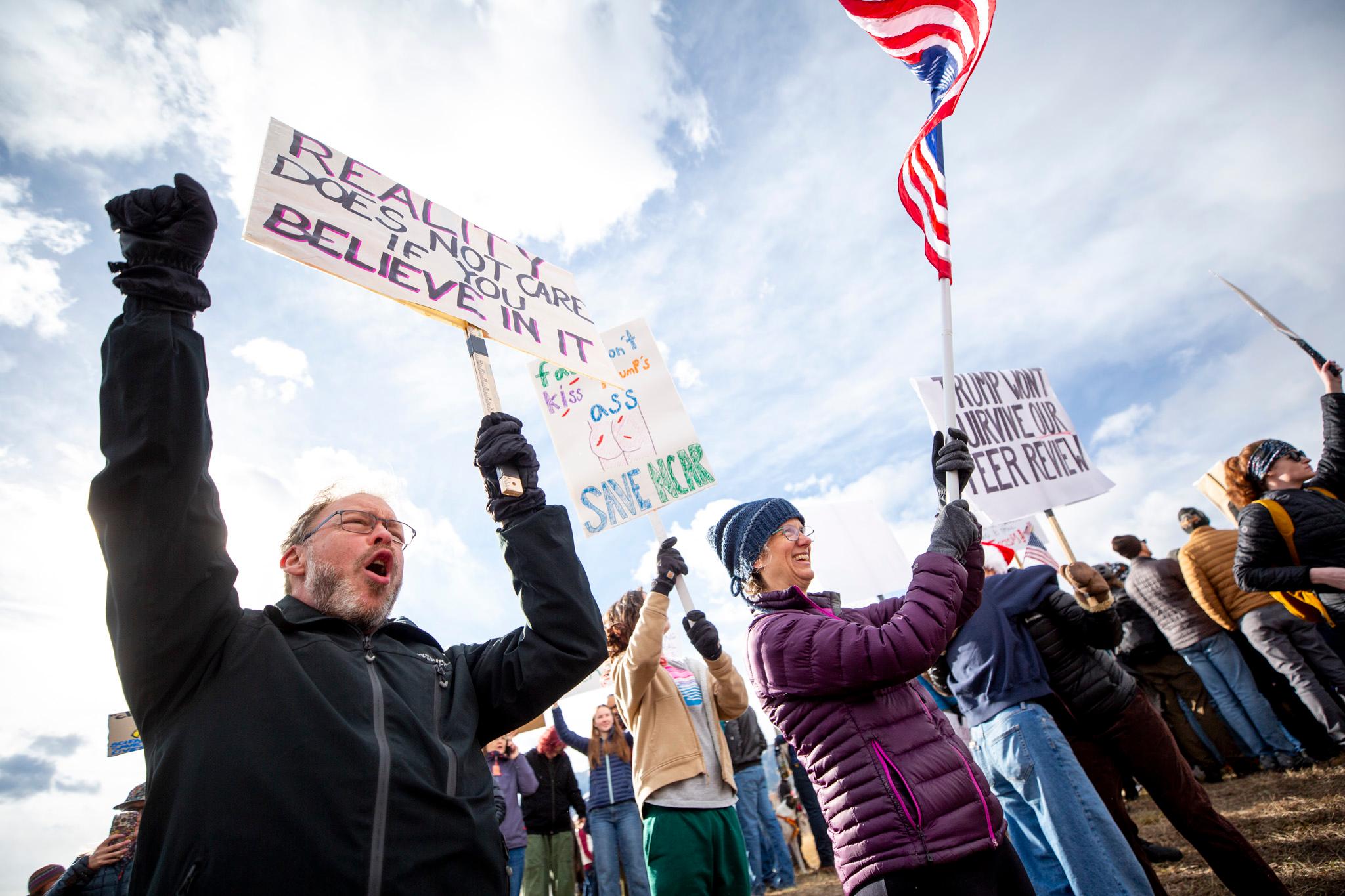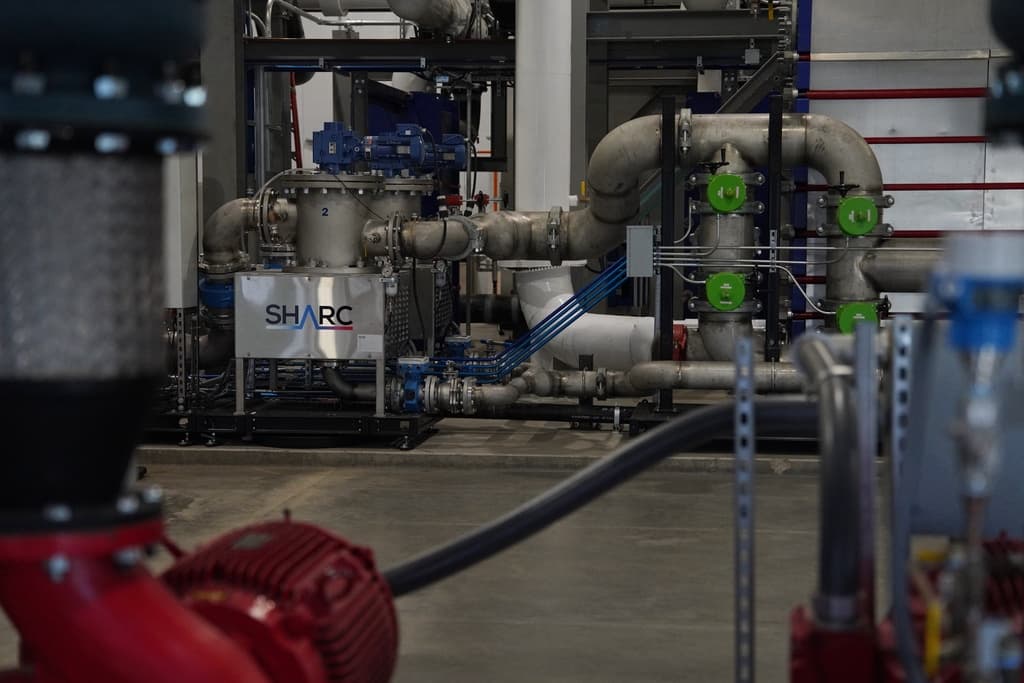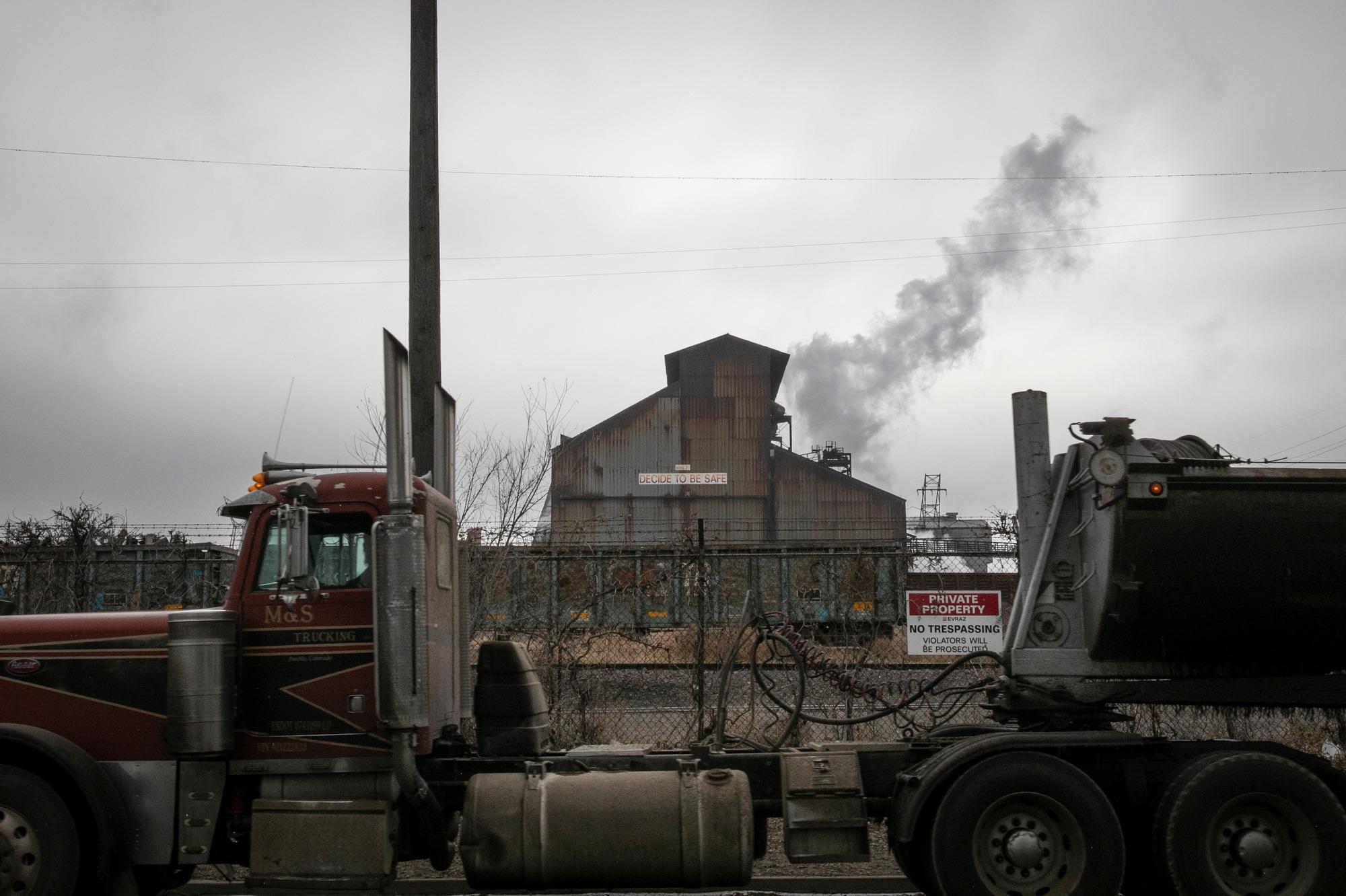
Colorado voters will soon have a chance to sharply raise the state’s tobacco tax with a proposed constitutional amendment, Amendment 72.
A ‘yes’ vote on Amendment 72 would hike the price on cigarettes and other tobacco products. The increase of $1.75 would triple the total tax on a pack of smokes to $2.59. The current cost of a pack of cigarettes in Denver is just about $6. Pointing to statistics that show nearly ten percent of Colorado kids, and an even higher percentage of adults, smoke, proponents believe higher taxes will discourage that behavior.
“It is one of the proven strategies to reduce youth initiation and help current smokers quit,” said Polly Anderson, with the Campaign for a Healthy Colorado, which backs the Yes on 72 campaign.
Here's four ways money is a key factor in Colorado's proposed tobacco tax hike:
1. Impact On Low Income Coloradans
Opponents say the increased tax will hit groups who can’t afford it the hardest.
Mike Krause, with the Denver-based, libertarian, free market Independence Institute, called it regressive. “It’s not just a sales tax increase but a significant tax increase, triples the tax on tobacco products,” Krause said. “All sales taxes hit low income people the hardest.”
Advocates of the tax increase say low-income people are much more likely to be influenced by a price increase. Also, they say the very programs the measure would fund, like smoking prevention and cessation programs, would help that same group the most.
2. Smokers Are Highly Price Sensitive
A 2014 Surgeon General’s Report found that increases in cigarette prices can lead to “substantial reductions” in cigarette smoking. Every 10 percent the price of cigarettes goes up, smoking drops four percent.
Tobacco tax advocate Polly Anderson points out that by raising the tax on tobacco, increasing the price point, that “folks are very sensitive to it.”
That is essentially the argument Colorado Gov. John Hickenlooper made when speaking to Colorado Matters. The governor might have preferred a smaller tax increase, but he likes the idea that it saves lives by dissuading people from smoking.
“When you’re talking about saving 20,000 lives and the estimates are between 20 and 40,000 lives, most of them low-income individuals, in many cases minorities, I think that’s something my conscience would bother me if I didn’t support it,” Hickenlooper said. “That’s a lot of people’s lives.”
Opponents said it’s unnecessary. Mike Krause said it’s right on a pack of cigarettes, “how many more times do we need to be told that smoking is bad for us?”
“A lot of this money is going to fund tobacco-related research into the effects of tobacco,” he said. “Well frankly, how many more organizations have to do the research and tell us smoking is bad for us?”
According to the CDC, Colorado’s tobacco tax rate is fairly low, so it’s in the lower third of states. If Amendment 72 passes, the state would rank 11th.
3. It’s A Big Bucks Battle
The money raised on both sides tells the story of the fight over this ballot proposal.
Backers of the tobacco tax increase have raised about $1.7 million -- coming from sources like Children’s Hospital Colorado, University of Colorado Health and the American Heart Association.
Leading the opposition is Big Tobacco, in the form of a corporation called Altria -- the Virginia-based tobacco company formerly known as Philip Morris. They’ve contributed more than $10 million, nearly 6 times more than backers of the proposal. Much of that money is going into ads making the argument that this isn’t good government.
One frequently aired ad states the proposal is, “a $315 million tax on tobacco that would lock government grant spending programs deep in our constitution.”
An ad from proponents fires back at tobacco interests. Over images of teens smoking, the ad states “tobacco companies target our kids, addicting them, even though they know smoking causes cancer.”
4. Where The Money Goes
Amendment 72 would bring in about $315 million in its first year. In their ads, opponents argue the money would be a “blank check” for special interests. It’s a misleading statement. The ballot measure spells out specific spending priorities. The bulk of the money would go to medical research for cancer prevention ($92 million), smoking prevention and cessation ($54 million), and health care for veterans ($48 million).
Tens of millions would go to youth behavioral health services, student debt repayment for medical professionals serving rural and underserved areas and to current tobacco tax-funded programs to make up for lost revenue due to lower tobacco use once the new tax is in place.
Opponents, like the Independence Institute, say setting up programs that will have a declining source of revenue is bad public policy. “The programs will become addicted to tobacco tax money,” Krause said. “We’ll fund new government programs with declining funds.”









